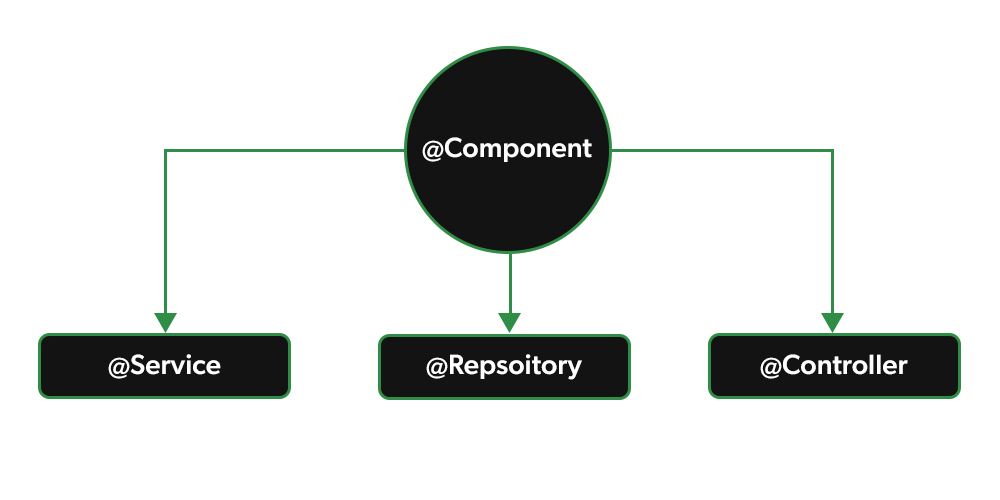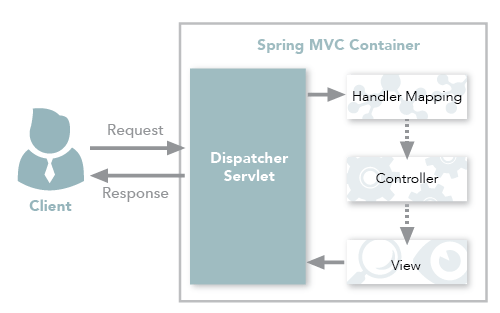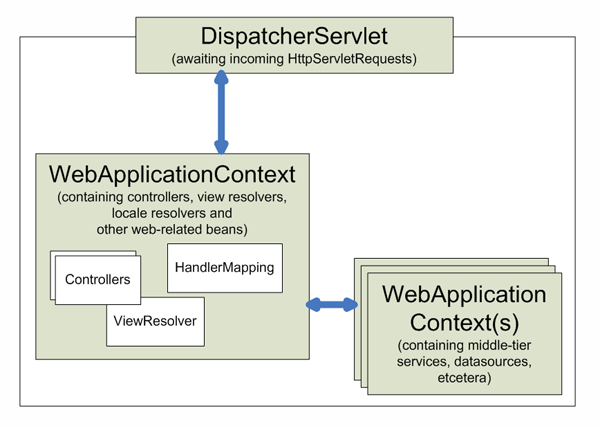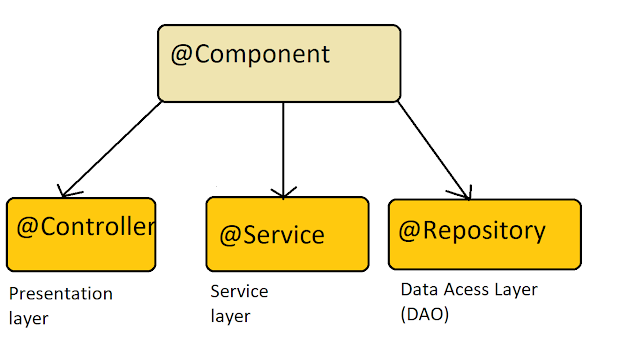Roads & PavementRoads & Pavement
Barefoot
Minimal
Low
Medium
High
Maximal
All around running shoes offer comfort and cushioning for daily runs, jogs, walks, and long mileage. They offer enough versatility for both faster and slower runs and are a great option for those who want one running shoe to do it all.
Fast run or uptempo running shoes are lightweight and responsive. They offer streamlined designs that have minimal uppers and offer a high level of energy return. These shoes are a great option for faster runs in the week or those looking for a livelier experience.
Max Cushion shoes offer premium cushioning with ample ground protection and a stable ride. These types of shoes provide abundant impact protection that softens landings while running at any pace or distance. These types of shoes are best for slower recovery runs and easy days where comfort takes priority.
Racing shoes are designed with optimal performance in mind. These types of shoes have snug-fitting uppers, energetic midsole foams, and features implemented for maximum efficiency. These types of shoes are best for runners looking to gain the ultimate advantage in races but may sacrifice some durability and comfort.
Gym Workout shoes offer a stable and versatile ride. They have a firmer underfoot feeling that provides stability for lateral movements with comfortable uppers. These types of shoes are best for trips to the gyms, cross training, casual wear, and light running. Spring Framework RestController vs. Controller Daily Code Buffer
Road running shoes feature smooth outsoles that are designed for running on paved surfaces such as roads, sidewalks, and bike paths.
Designed to handle most trail runs, these shoes prioritize comfort and a smooth ride. These shoes are great for anything from smooth singletrack, park trails, and fireroads making them ideal for those who run from their doorstep on streets before hitting the trail.
These shoes are best used for hard, rugged trails such as shale, granite or sandstone where grip on smooth surfaces and underfoot protection are important.
Designed for use in muddy, soggy conditions, these shoes feature very aggressive outsoles that dig deep into soft ground for exceptional traction.
These shoes feature technical outsoles designed to grip snowy and icy trails making them ideal for winter trail running.
Cushioning level, or stack height, refers to how much shoe is between your foot and the ground. For this category, we reference the amount of cushioning below the forefoot as the heel height will be equal to or greater than the forefoot height.
17. Web MVC framework
0-13mm. The Shoe generally does not have a midsole and feels like there is no cushioning. This shoe is all about feeling the ground underfoot.
14-18mm. The shoe has a thin midsole that allows for a natural running experience. Racing shoes and minimalist shoes are common here. These shoes offer a feeling of being connected to the road or trail.
19-23mm. The shoe has a slightly cushioned feel and may feature added cushioning technologies. Performance training shoes and some trail shoes are common here. These offer protection during footstrike but prioritize a lightweight, grounded experience.
24-28mm. These shoes have a stack height that fall near the middle of the spectrum.The shoes in this category are verstaile and great for all types of runs and distances.
29-34mm. The shoe has a thick midsole and ample cushioning. These shoes are highly protective and absorb more impact than the body.
35mm plus. The shoe has an extremely thick midsole and extra cushioning. The focus is on protection and soft foam underfoot with hardly any ground feel.
Neutral shoes support the foot through a normal range of arch collapse and generally do not have a built-in technology to correct movement.
Stability shoes are a great option for those who overpronate or need added support. These shoes help to limit the inward rolling motion of the ankle while running or walking and assist in guiding the foot straight through the gait cycle. Reactive in Spring MVC Hands On Spring Security 5 for Reactive
Product Details:
Javarevisited How to fix Autowired No qualifying bean of type sale, Spring MVC PPT sale, How to create a Rest controller in Spring Boot Home sale, Proper exception for controller method return types that do not sale, Testing MVC Web Controllers with Spring Boot and WebMvcTest sale, Spring MVC and the Web Layer Q A by Umut Alta Medium sale, Top Spring Framework Mistakes Toptal sale, Introduction to Spring Web MVC sale, Difference Between Controller and RestController in Spring Framework sale, Spring Annotations Cheat Sheet sale, Quick Guide to Spring Controllers Baeldung sale, J2EE Lecture 7 Spring Spring MVC ppt download sale, Spring Validation Example Spring MVC Form Validator DigitalOcean sale, Javarevisited Differences between RequestParam and PathVariable sale, Model view controller Wikipedia sale, How to test a controller in Spring Boot a practical guide sale, What is Spring MVC Controllers RestControllers sale, Difference between Component Service Controller and sale, Spring Framework RestController vs. Controller DZone sale, Spring tool window IntelliJ IDEA Documentation sale, M05 Q09 What are some of the parameter types for a controller sale, Implementing Spring MVC Controllers Java Tutorial Network sale, Three Tier Three Layer Architecture in Spring MVC Web Application sale, Spring MVC Tutorial javatpoint sale, Spring MVC Framework sale, Understanding Spring MVC sale, java Difference between spring Controller and RestController sale, How to create a Rest controller in Spring Boot Home sale, Spring MVC Tutorial javatpoint sale, 2.2. Overview of Spring MVC Architecture TERASOLUNA Global sale, Spring MVC Framework GeeksforGeeks sale, Controller and RestController Annotations in Spring Boot sale, Spring Controller Spring MVC Controller DigitalOcean sale, Spring Controller Annotation with Example GeeksforGeeks sale, Introduction to Spring Controllers Java Development Journal sale, How to test a controller in Spring Boot a practical guide sale, Difference between Controller Service and Repository sale, Reactive in Spring MVC Hands On Spring Security 5 for Reactive sale, 17. Web MVC framework sale, Spring Framework RestController vs. Controller Daily Code Buffer sale, Difference Between Component Repository Service and sale, Spring MVC Controller hierarchy sale, Spring boot Controller VS Component by Sumitra Dhakre CodeX sale, java Difference between spring Controller and RestController sale, Chapter 13. Web MVC framework sale, Introduction to Spring Controllers Java Development Journal sale, Spring boot controller How does the Spring boot controller works sale, Spring boot controller How does the Spring boot controller works sale, What does controller do in spring Quora sale, Spring Boot Component Controller Repository and Service sale, Product Info:
Types of controller in spring sale.
- Increased inherent stability
- Smooth transitions
- All day comfort
Model Number: SKU#7341209





